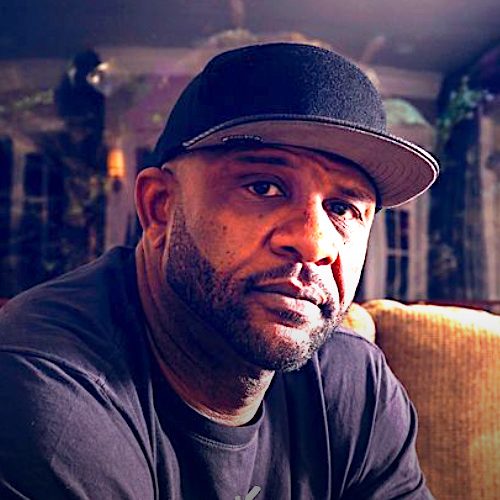STAYING ALIVE and WELL –
July 2, 2021 – Baseball was his best ticket out of Vallejo, “a place where young Black kids did not get second chances,” he writes. Mr. Sabathia would have liked to have gone to college, but he couldn’t afford it even with a full scholarship. He earned a $1.3 million signing bonus as a first-draft pick for the Cleveland Indians in 1998, but he didn’t know how to take care of himself. Instead of cleaning his clothes, he bought more. He called his mother every day and Amber, his high-school sweetheart, most nights.
Twenty years old when he started playing for the Indians in 2001, Mr. Sabathia was the youngest rookie in the league. At first he was “definitely just a thrower,” he says, relying on his 95 mph fastball to simply “overpower” hitters. He says it took 10 or 12 years to become “a complete pitcher,” able to size up batters and know when to throw a slider, a cutter or a change-up. “You always have to be trying to get better,” he says. “That was how I was able to pitch for 19 years,” even after his fastballs had slowed down.
Mr. Sabathia spent 2008 with the Milwaukee Brewers, and the experience was revelatory: Being on a team with five other Black players, he realized how lonely he had been in Cleveland, where he was often the only one on the roster. “To be Black in America is to constantly be on guard,” he writes in “Till the End.” The share of African-Americans in baseball has been declining for decades, not least because there are far more scholarships available in football and basketball. Mr. Sabathia now helps to lead MLB’s Players Alliance, which was founded last year to help get more Black Americans in baseball at all levels.



